AO Edited
Volcán de Tajogaite
The longest eruption in the history of La Palma originated with this volcano in September 2021.
The Canary Islands are all products of volcanic activity, meaning that the many people who live there owe their lives to these natural events. But new eruptions are dramatic, violent, landscape-changing events. La Palma’s most recent eruption is no exception. In the fall of 2021, the eruption that originated the Volcán de Tajogaite went on to become the longest in the island’s history.
The eruption began on September 19, 2021. In the days before, there had been some low-level activity, small shocks and earthquakes. A little after 2 p.m., loud explosions and a cloud of ash started spewing from the Cumbre Vieja volcanic ridge. The eruption continued over the next three months, pouring out ever more lava that would stream down towards the sea. It ebbed and flowed, but eventually started to decrease. On December 13, the eruption ended, having lasted for 85 days.
Now the volcano has stopped, but its effects are still very much present, and likely will be for years to come. On its way to the sea, the lava flow destroyed more than 3,000 buildings, including the entire town of Todoque. In the mountains around the volcano, there are tons of ashes coloring the area gray. Below the volcano is a large swath of land that is covered completely in hardened lava. On top of that, this rock is a great insulator and helps keep the lava beneath it hot and liquid for years to come, making it difficult to restore the area.
The source of the eruption was a new vent of the Cumbre Vieja volcanic ridge. The new vent needed a name, but there is no formal scientific process for naming volcanoes. Several options were considered, and in 2022, it was put to a vote. In July 2022, the winning name was announced: Volcán de Tajogaite, after the Guanche name for Montaña Rajada.
Know Before You Go
There are many volcano hikes and tours offered on the island, but you can also take a look yourself. The best place to see the lava fields is La Laguna, a good view of the volcano can be had from Mirador de Tajuya and you can look down on it from an area close to the Mirador Astronómico del Llano del Jable.



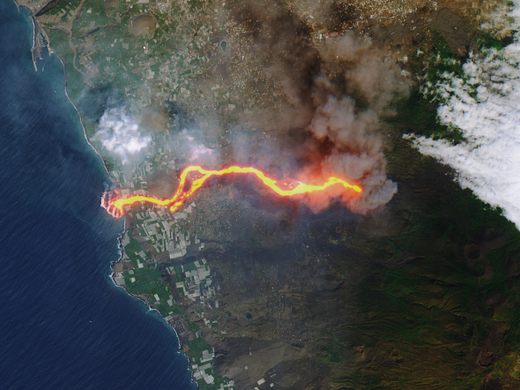
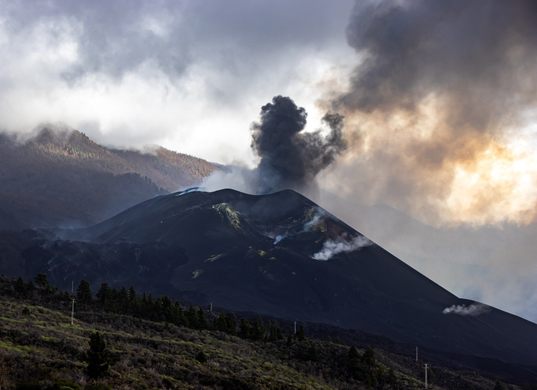

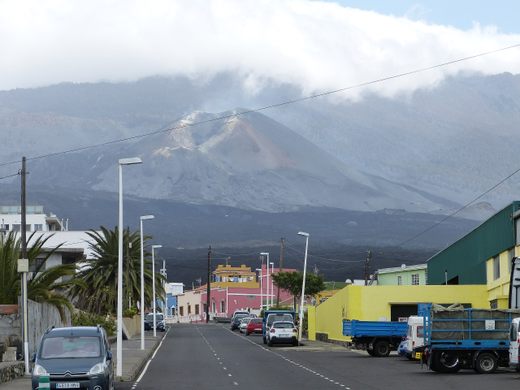
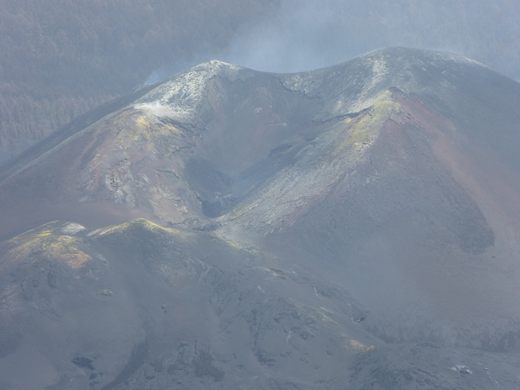
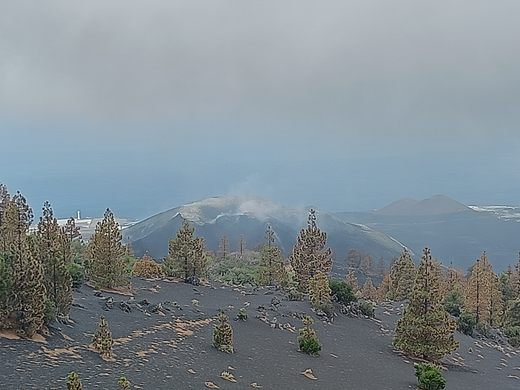

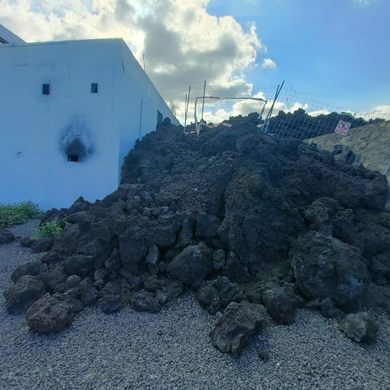
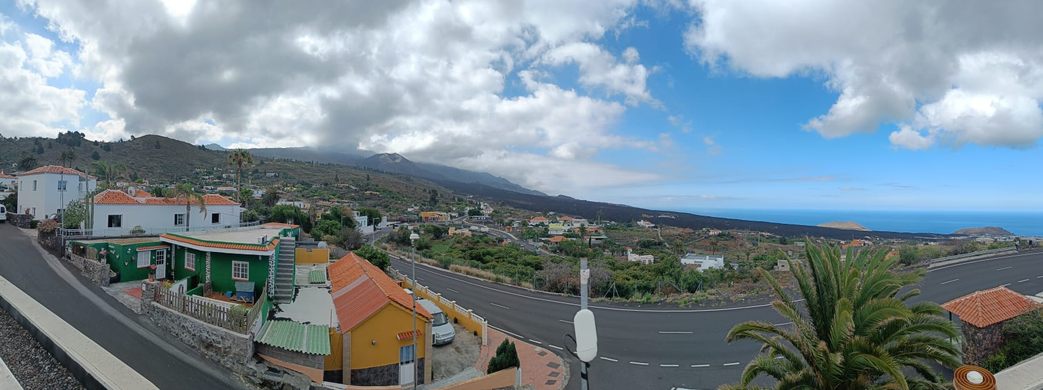


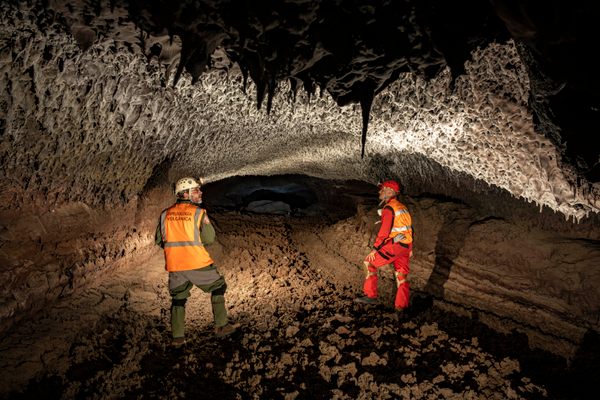



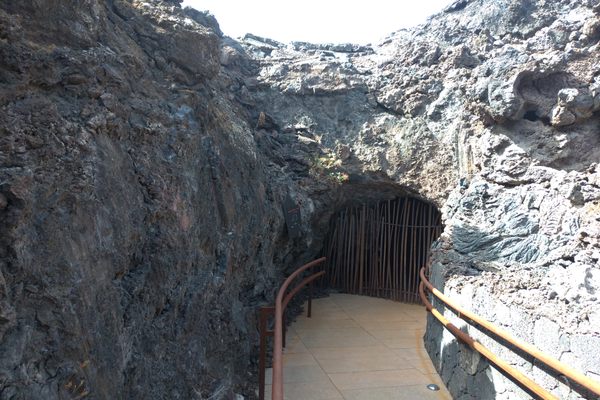
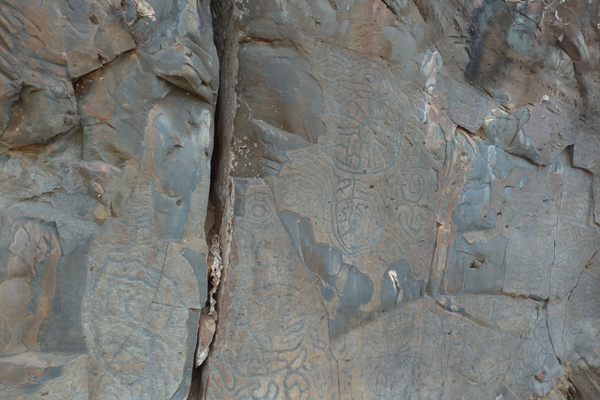
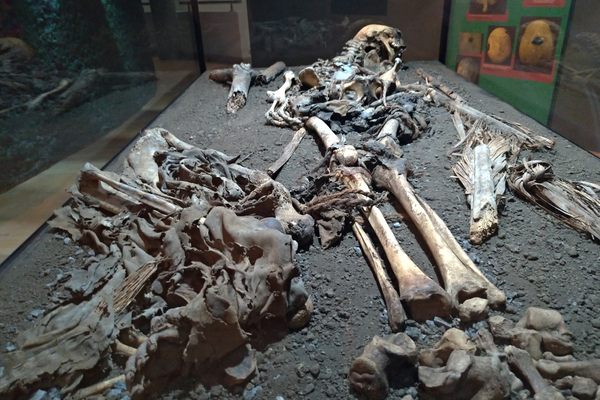



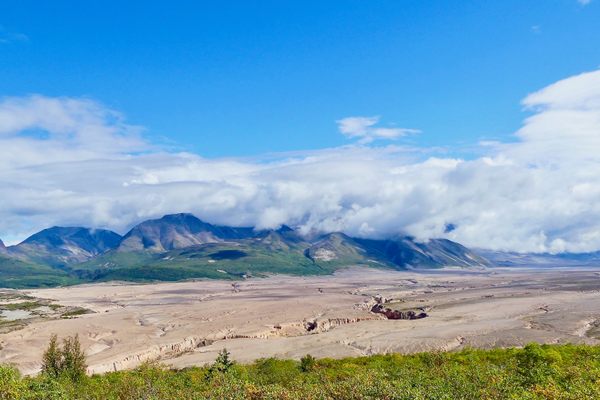
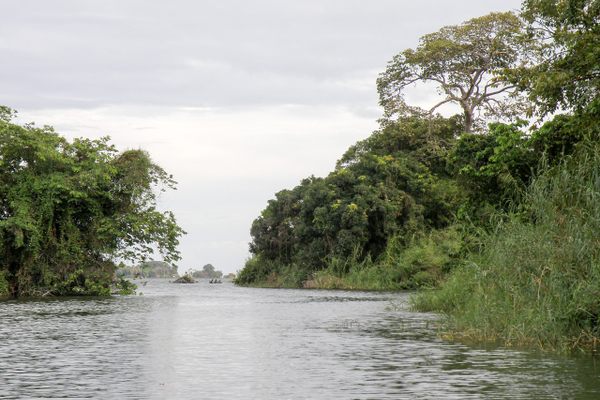

Follow us on Twitter to get the latest on the world's hidden wonders.
Like us on Facebook to get the latest on the world's hidden wonders.
Follow us on Twitter Like us on Facebook